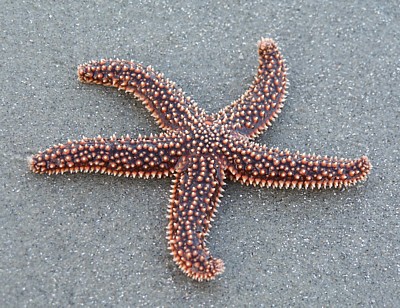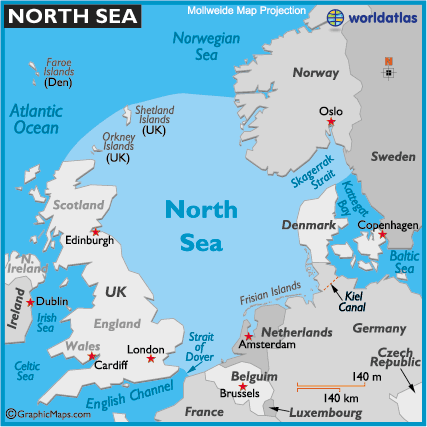Underground Oceans?
Recently scientists have discovered a new ocean, underground. seven hundred kilometers underground lies the world's newest, and coolest ocean. Buried underneath the mantle by a rock called ringwoodlite, which carries a blue color. This is major news for many reasons.
It is important to many scientists because some had speculated that Earth's water had arrived in comets, and had been dispersed when the comets struck the Earth. With this new ocean found, scientists now have a theory that the oceans slowly "oozed" out of the ground, creating the oceans slowly. Many also believe that this is the reason that the oceans never seem to diminish despite conditions. Believing that this underground ocean still acts as a "reservoir" for our oceans. It is quite an odd thought that our oceans have another body of water they lead from.
What is more amazing is the way the scientists utilized technology to find this ocean. They used seismometers to study the seismic waves that the underground ocean gave off for days after earthquakes hit.

http://www.newscientist.com/article/dn25723-massive-ocean-discovered-towards-earths-core.html#.VBggLz80-ZR










